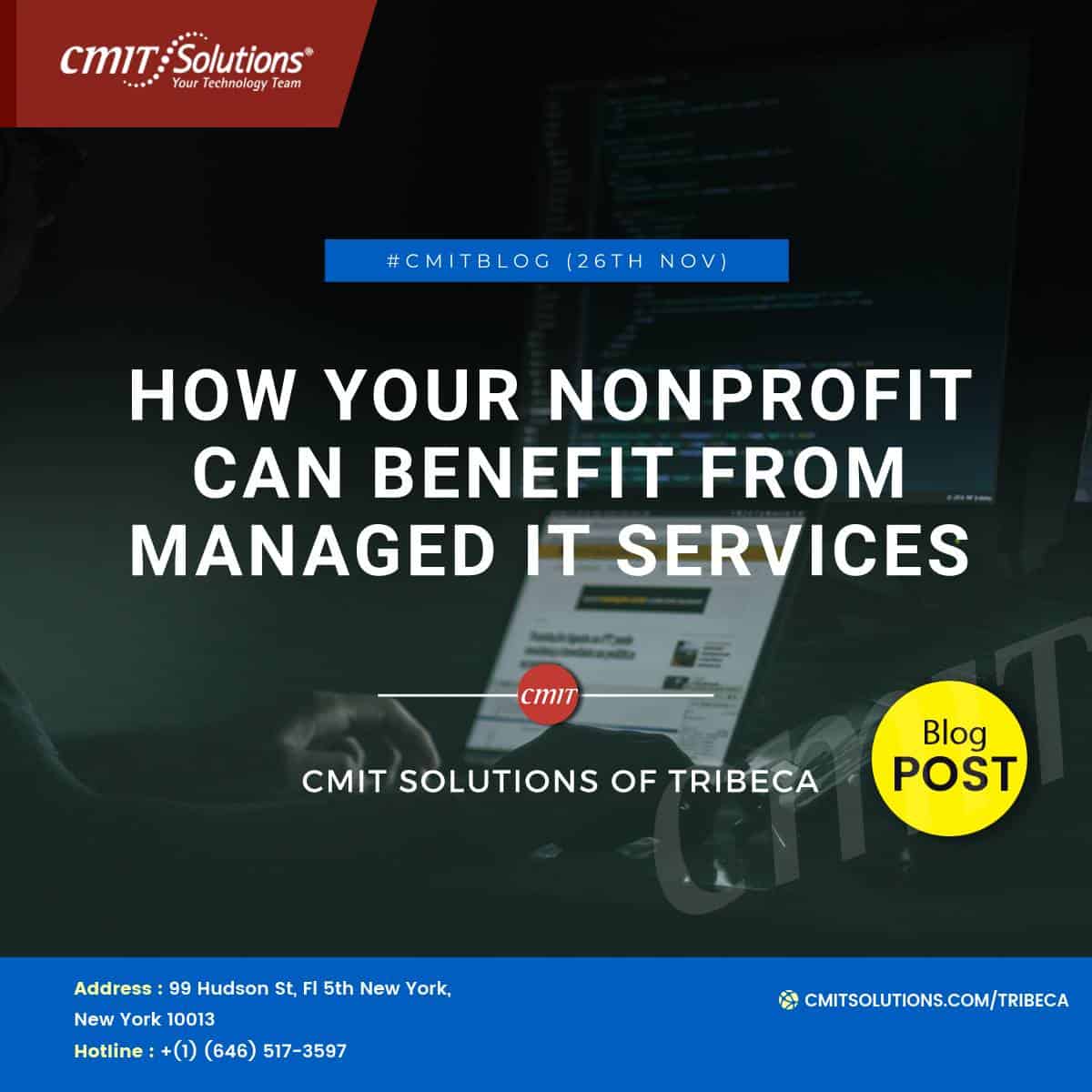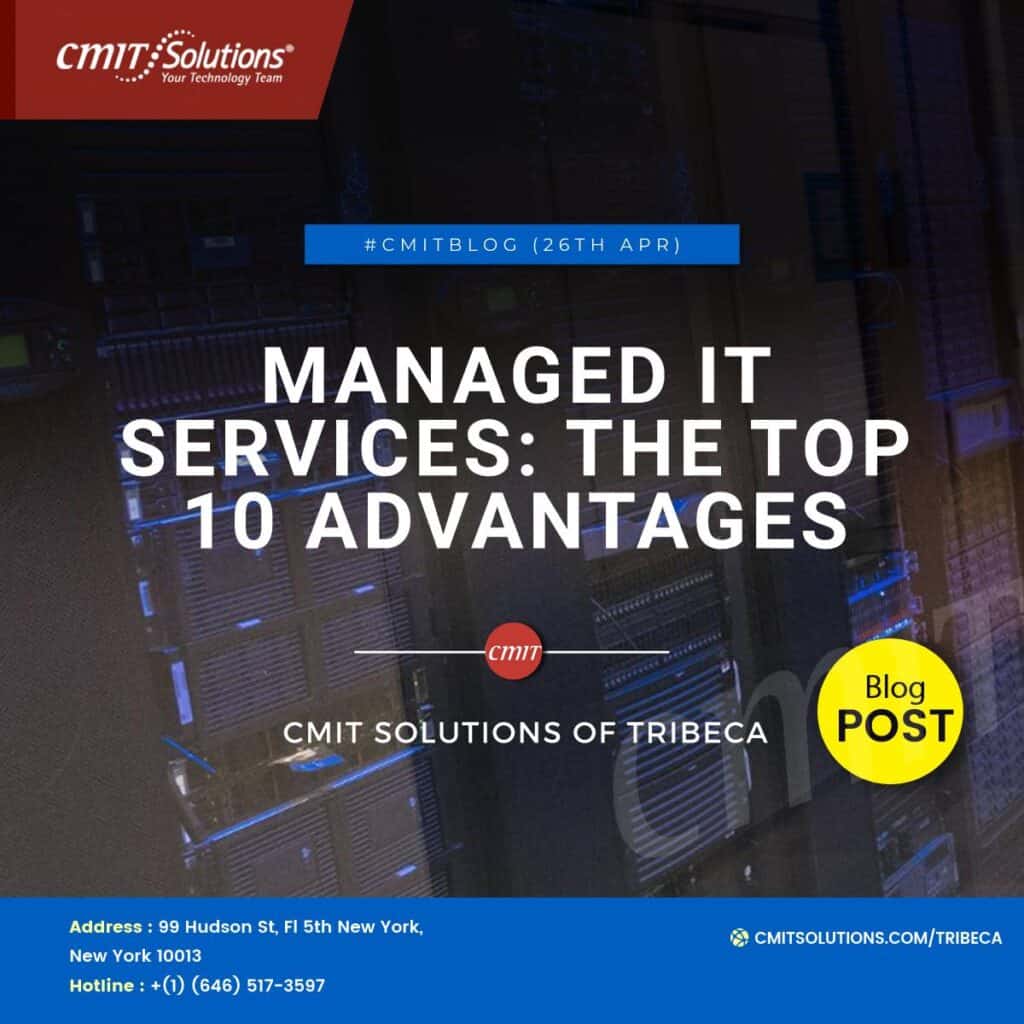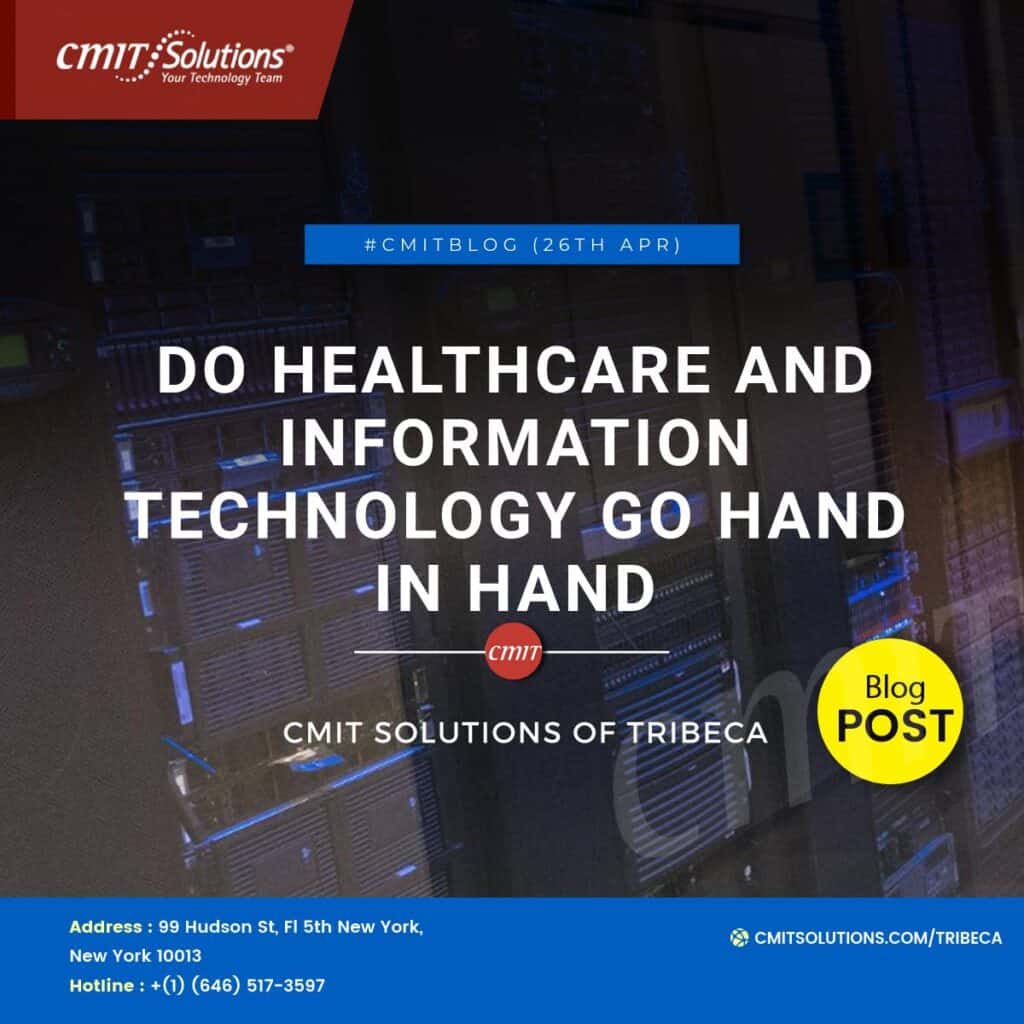No matter the size of the organisation, wearing numerous hats is common while working for a charity. The CEO of a nonprofit could be responsible for resolving marketing issues, providing tech assistance, and doing some light cleaning. Working with a Managed IT Services company is one method to relieve yourself of specific IT-related responsibilities.
Thanks to IT assistance for NGOs, you and your staff can concentrate on carrying out your organisation’s goal. Spending less time attempting to resolve your technical issues will free up more time for activities that support your company’s mission.
Scalability and flexibility
The requirements of your company might alter annually or seasonally. For instance, when people provide extra donations at the end of the year or during the winter holiday season, you could see an increase in activity. Because students are out of school and working people’s schedules are often more flexible over the summer, you can experience more volunteers. Your organisation may have additional IT demands when you work on specific projects or in the months or weeks before significant fundraising events like an annual gala.
You want an IT system that will adapt as your organisation’s demands change throughout the year. IT services can be scaled up or down based on the requirements of your organisation. IT might be available to accommodate the growth in users during periods when you have a larger team of volunteers. Additionally, your managed services provider might suggest goods or equipment appropriate for your business requirements throughout the year.
A do-it-yourself method may only sometimes be as flexible as managed IT services. Before deciding on the ideal match, your business might need to test several software or hardware options.
You can do this by working with an outside IT services provider without buying many different tools or services. For instance, implementing a BYOD policy is productive and economical, significantly if your volunteer pool is constantly changing. You may get assistance setting up and deploying a cloud-based platform from a managed IT service provider.
Rapid response times and assistance
A managed IT service provider can provide round-the-clock support for your company’s technology. The service provider will be available to diagnose the issue and provide a solution if a problem arises, such as an outage or a user who is locked out of their account. Your managed IT service provider will be available to assist you in finding answers to your queries, even if you don’t have an issue with your company’s IT and only have a question about how it functions.
New patches are frequently released as technology advances to fix bugs or address security flaws. Updates and fixes are always available when you work with an IT services provider. When necessary and accessible, the business will deploy service patches. You won’t need to establish your patching plan or rely on a team member to keep an eye on the security of your system.
Fully managed IT services should mean that someone is intervening to resolve any technical issues your company could experience before anyone at your company even recognizes a problem.
Consistent prices and parameters for budgeting
How much money does your company presently invest in technology? Do you have a set spending limit for the necessary technology? It might be simple to overspend on technology and go over your budget when unsure what software or gadgets will function best for your company. Your team may be reluctant to invest in digital solutions because they are still determining what they will accomplish, or they may choose a more expensive option than is necessary.
Managed IT services make your ability to regulate your IT costs possible. You will collaborate with a service provider representative to identify your software and hardware requirements and create an IT budget. You pay the service provider a monthly charge rather than buying software bundles, new gadgets, and other tech requirements separately. You’ll clearly understand the monthly expenditures associated with your company’s technology, which may assist you in developing an overall budget for your business. You can better plan your fundraising and contribution objectives for the year if you have a firm idea of your tech costs.
Donor administration and data protection
The technological requirements of a nonprofit organisation differ significantly from those of a for-profit business. Most likely, your organisation keeps track of a sizable list of donors. It must also maintain compliance to keep its nonprofit and tax-exempt status. A managed IT services provider may assist your business in maintaining compliance through data and network security.
Managed IT cybersecurity protects devices and networks against phishing scams, data breaches, and malware assaults. A nonprofit may host physical server space that needs frequent patching and virus protection. It is also crucial to safeguard against network breaches and cyber-attacks for cloud servers that are externally hosted.
Maintaining donor data security is crucial since you don’t want the contact information and other private donor data to be revealed in a breach. The donations themselves must be safeguarded and unable to be taken by unauthorised persons. You may be guaranteed that your gifts and donor information are kept secure with managed IT services.
CMIT’s Managed IT Services for Nonprofits
Whether you’re a nonprofit organisation‘s CEO or serving in another executive-level position, working with a managed IT services provider may allow you to retire your “tech support” hat. CMIT is committed to assisting in the success of our clients. We provide a range of managed IT services so you may concentrate on your nonprofit’s requirements rather than technical issues.
Network and security assessments, desktop monitoring, mobile device management, and server monitoring are all part of our managed IT services. Someone from our staff always keeps an eye on your company’s IT and is prepared to help even before a noticeable problem occurs. Contact us now to know more about managed IT services and how they might benefit your organisation.








